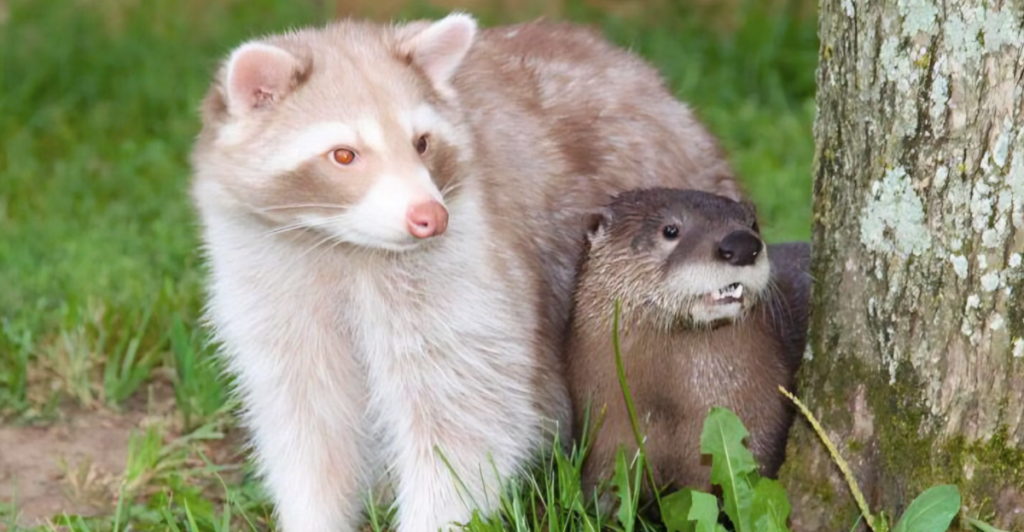
The wildlife in North America is truly something to experience. These elusive animals are an awe-inspiring sight, and most people might never catch a glimpse of them.
1. Canada Lynx
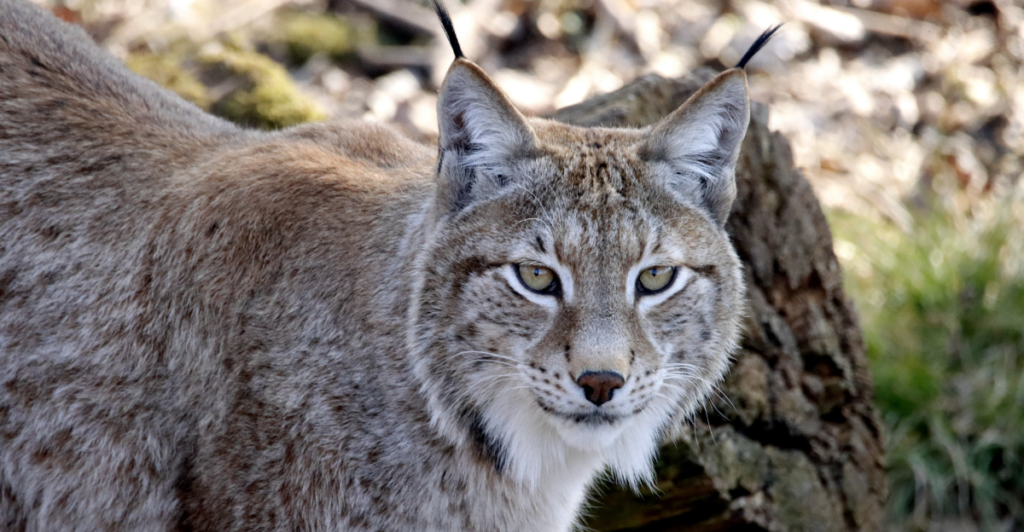
These breathtaking predators thrive in the remote wilderness of Canada. With their thick, silver fur and signature ear tufts, these cats are built to survive in thick snow. They are extremely hard to spot as they prefer to stay in remote wilderness areas, and their camouflage skills are top-notch.
2. Bison
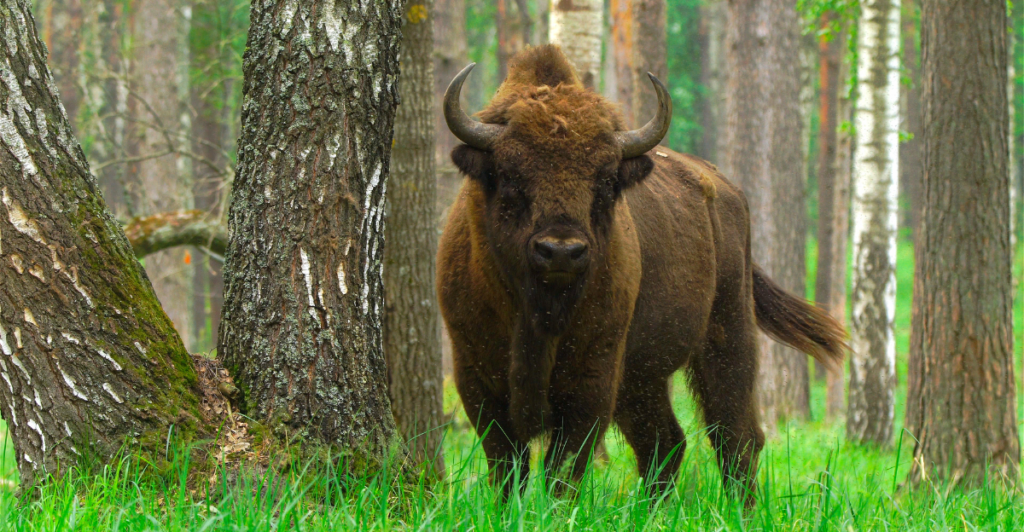
These large animals once roamed the earth freely, but now they can be hard to spot in the wild unless you’re in a known grazing area like Yellowstone National Park. They blend into grasslands and forests with their shaggy coats, and their ability to creep despite their bulk makes them even more challenging to spot.
3. Moose
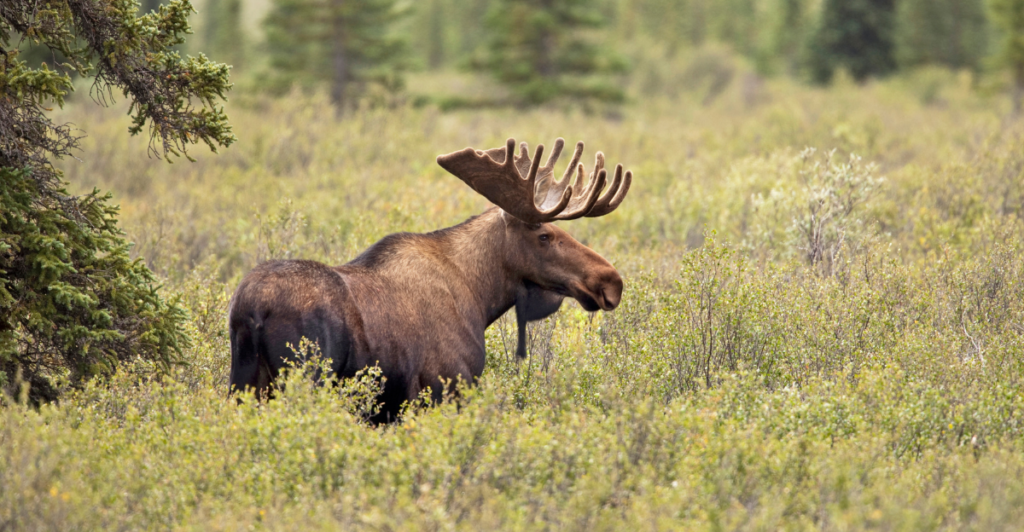
Moose are larger than most people might think, and it can be pretty shocking when you see one for the first time. They can sometimes exceed 1500 pounds. They prefer the solitude of dense forests, swamps, and remote wetlands and can disappear pretty quickly after you’ve spotted one. They can mostly be seen around Alaska and Canada, but they are a breathtaking sight to behold.
4. Horseshoe Crabs
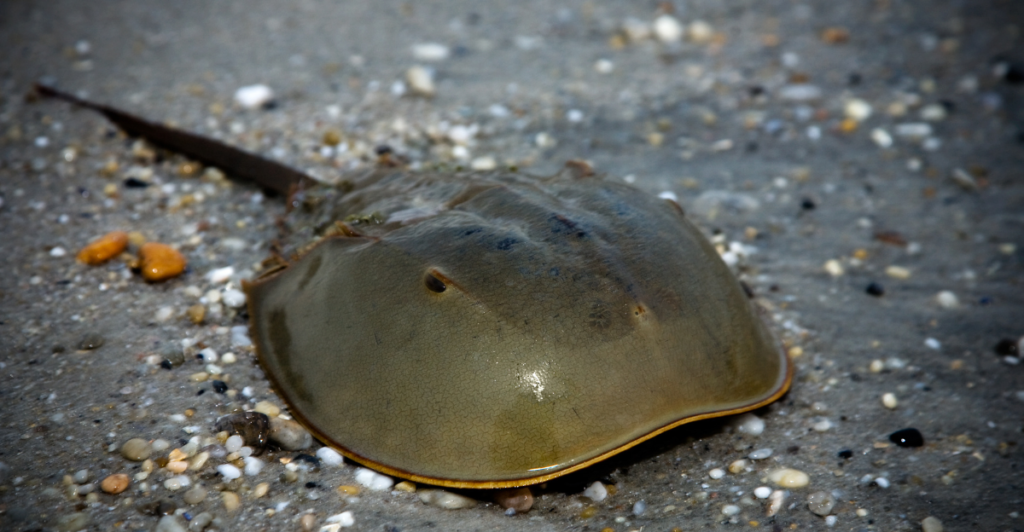
These ancient crabs don’t look like your regular crab, and they are pretty large but are quite a sight to see. These elusive marine arthropods spend most of their lives buried in shallow coastal waters’ sandy or muddy seabeds, emerging mainly under the cover of darkness. The best time to spot them is during springtime full moons when they come ashore in great numbers to spawn along the beaches of the Atlantic coast.
5. Monarch Butterfly
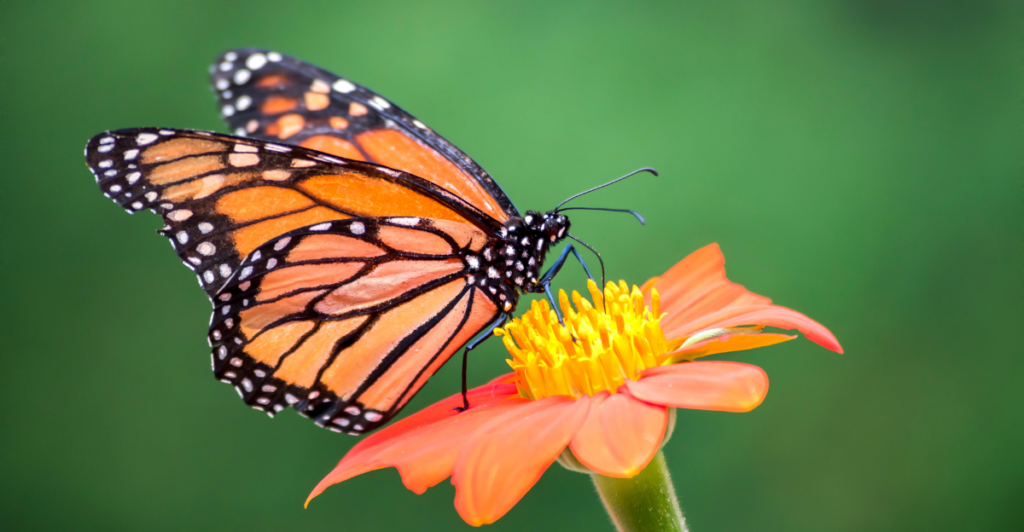
These butterflies are well known for the massive migrations they take every year. Millions of monarchs start on a journey spanning thousands of miles, traveling from Canada and the United States to the mountains of central Mexico. While individual monarchs are often seen fluttering through meadows and gardens, finding their dense, overwintering colonies in the oyamel fir forests of Mexico is a breathtakingly rare sight.
6. Wolverine
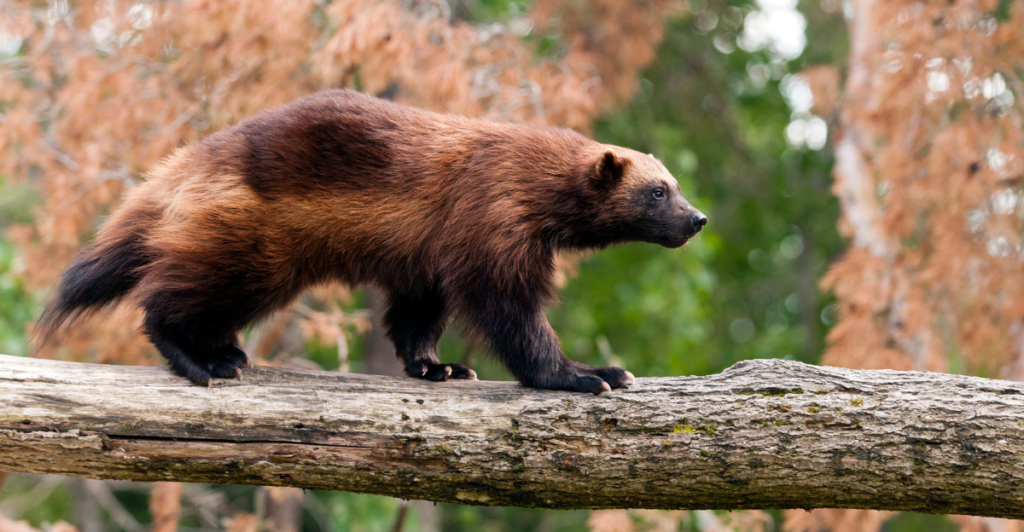
These predators can be found in the forests of Canada and the high-altitude regions of the Rocky Mountains. They usually hunt for smaller animals like hares, birds, and squirrels, but they also scavenge for food when it becomes scarce. Seeing a Wolverine in the wild can be a once-in-a-lifetime sight, as they can be quite hard to spot due to their remote nature.
7. Fisher
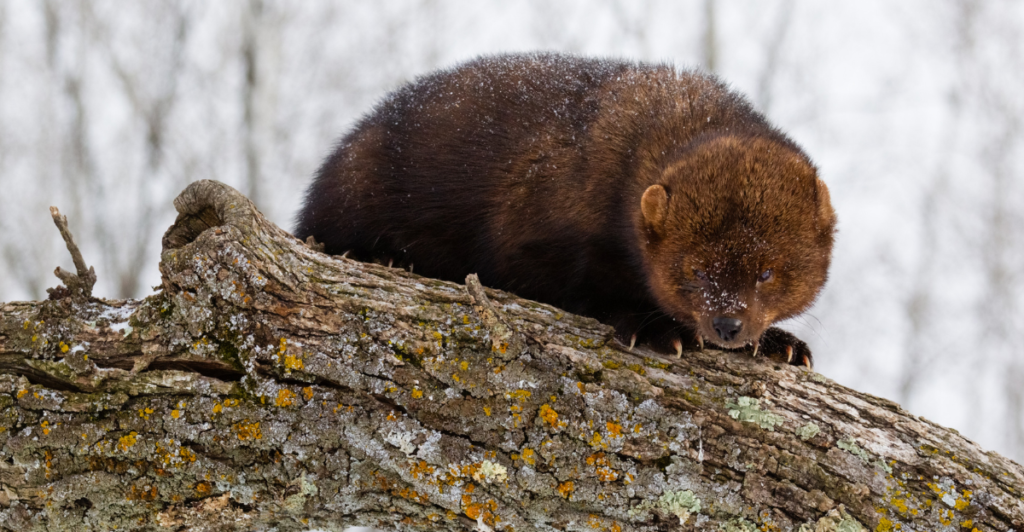
This mammal’s name can be confusing as it’s known as a Fisher Cat, but it isn’t much of either. Fishers are most active at dawn and dusk, making them even harder to spot, and their preference for remote, wooded areas keeps them out of sight of most humans. They are one of the few predators capable of hunting porcupines, using speed and strategy to flip them over and attack their unprotected bellies. They have eerie, high-pitched screams that have started many myths and campfire stories to keep you up at night.
8. Javelina
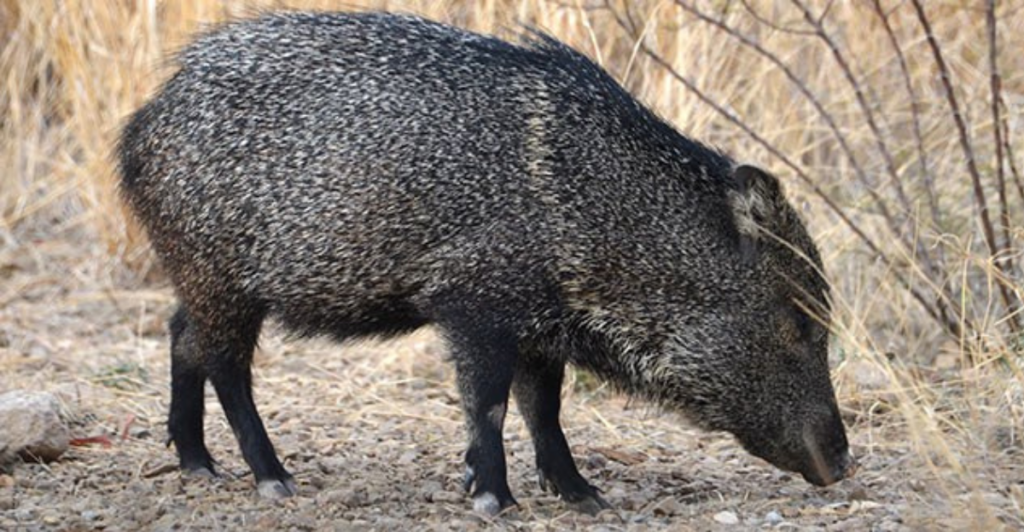
These pig-like mammals can be hard to spot despite their stocky build. Their keen sense of smell helps them detect danger long before they are seen, and they often retreat into thick brush or underground burrows at the first sign of humans.
9. Arctic Wolf
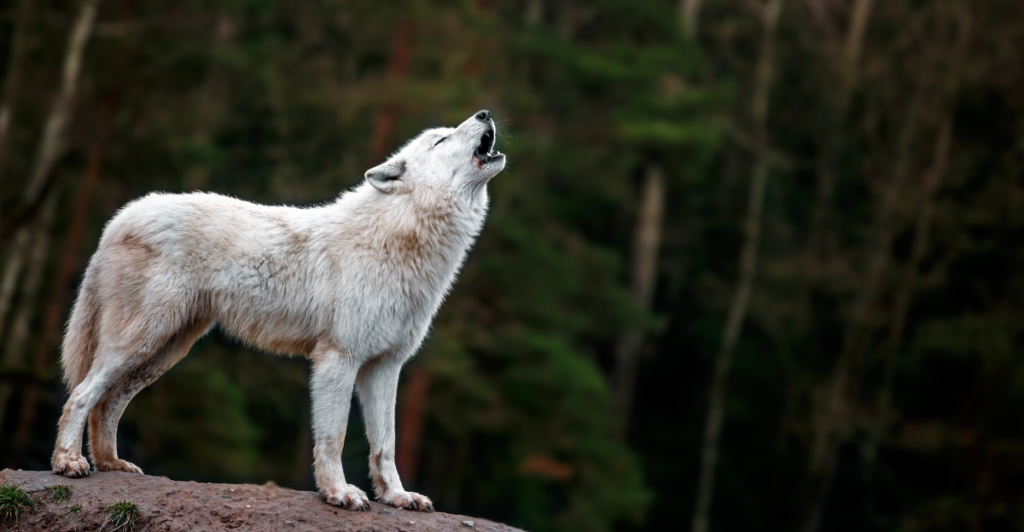
These wolves are perfectly adapted to the harsh weather they endure in the thick snow. They travel in small packs and are highly migratory, following herds of caribou and other prey across vast, open expanses of snow and ice. They can be hard to spot as they prefer to move to remote wilderness areas like Canada and Alaska. If you spot one in the wild, it’s an experience you’ll never forget.
10. Thick-Billed Parrots
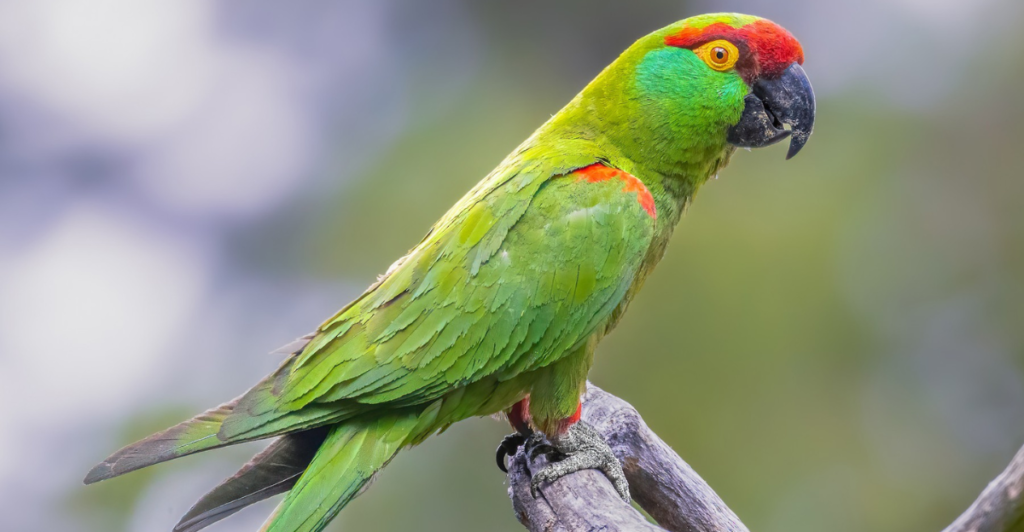
These birds were once native to America but can now be found wild in Mexico. These parrots prefer the remote, high-elevation pine forests, making them difficult to track even in their prime habitats. While most of the remaining population resides in Mexico, efforts are underway to reintroduce them to their former ranges, offering a slim chance for people in the US to glimpse these striking, secretive birds again.
11. Gila Monster
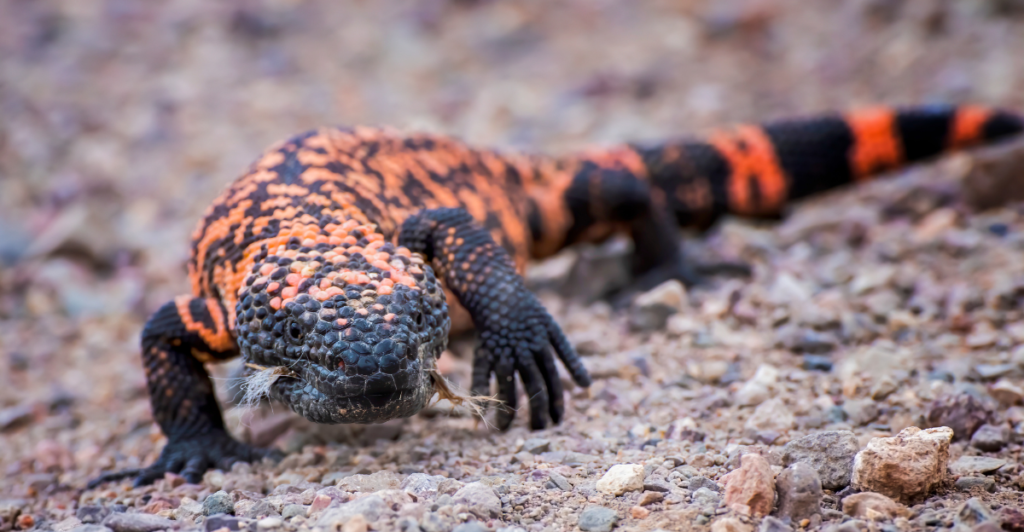
Although this venomous lizard has a striking orange-and-black-scaled appearance, it is tricky to spot. It spends most of its time hidden in underground burrows or shaded rock crevices to avoid the extreme desert heat. These slow-moving creatures are primarily nocturnal, emerging at night to hunt for small mammals, birds, and eggs. Their venom, while potent, is used primarily for defense and to help subdue prey rather than as an active hunting tool.
12. Long-Tailed Weasel
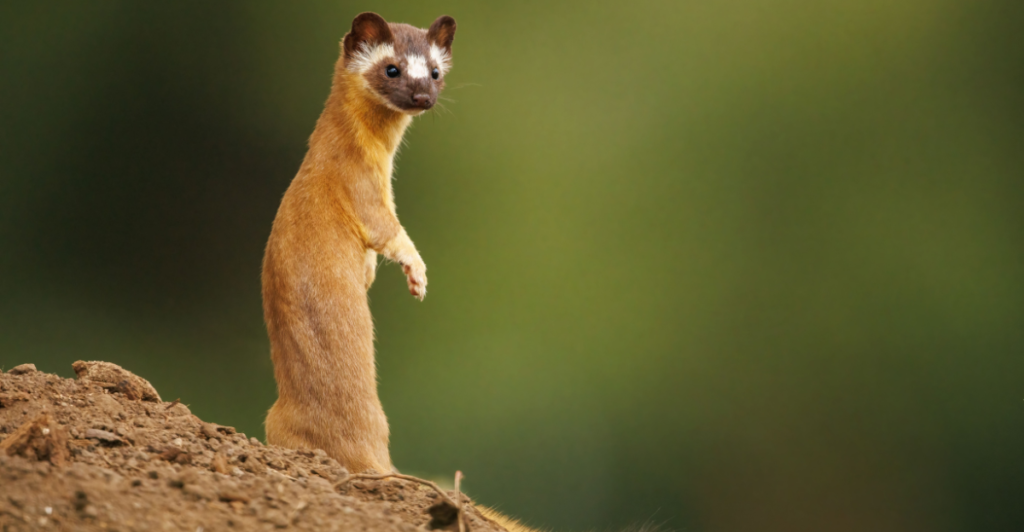
These little predators might have a large presence in the US, but they are rarely seen. They spend most of their time hunting in the underbrush, moving quickly and silently in search of rodents, birds, and insects. Their distinctive long, slender body and white-tipped tail help them navigate through dense vegetation, often evading detection.
Discover more of our trending stories and follow us to keep them appearing in your feed

California Is Breaking Apart: A Fault Line Is Forming Faster Than Anyone Predicted
Philanthropist Promises To Cover $771.23M Annually After US Exit From Climate Accords
Bobcats Are Making a Comeback—And They Might Be Protecting Us From Disease
The War on Cows Is Over—And Green Extremists Have Lost
References:
Reference 1
Reference 2
This article first appeared here
Stay connected with us for more stories like this! Follow us to get the latest updates or hit the Follow button at the top of this article, and let us know what you think by leaving your feedback below. We’d love to hear from you!







